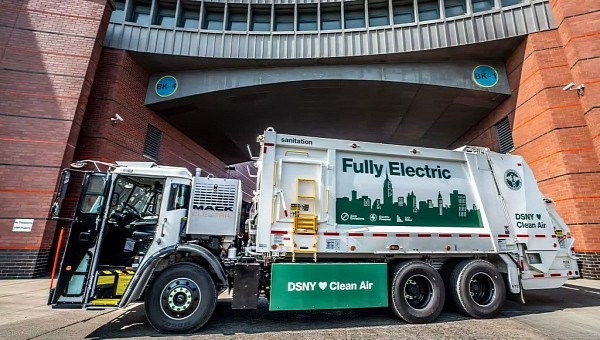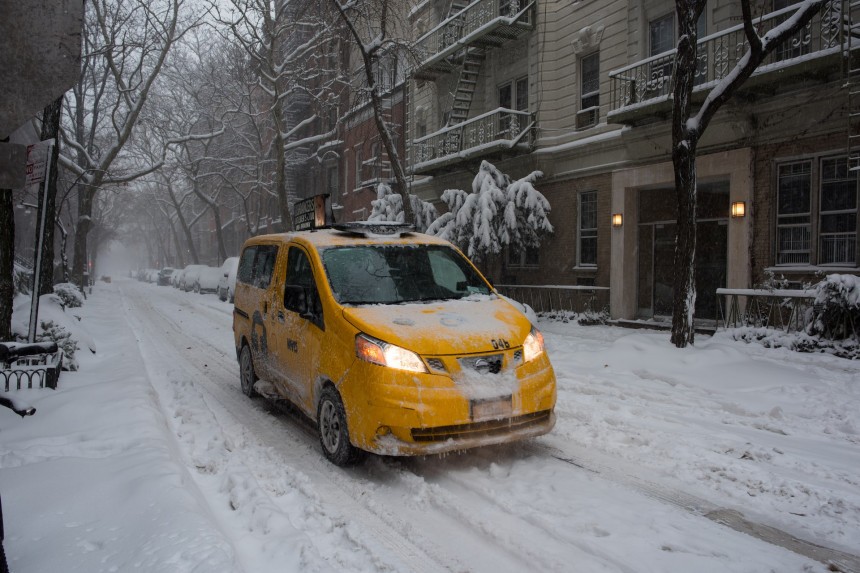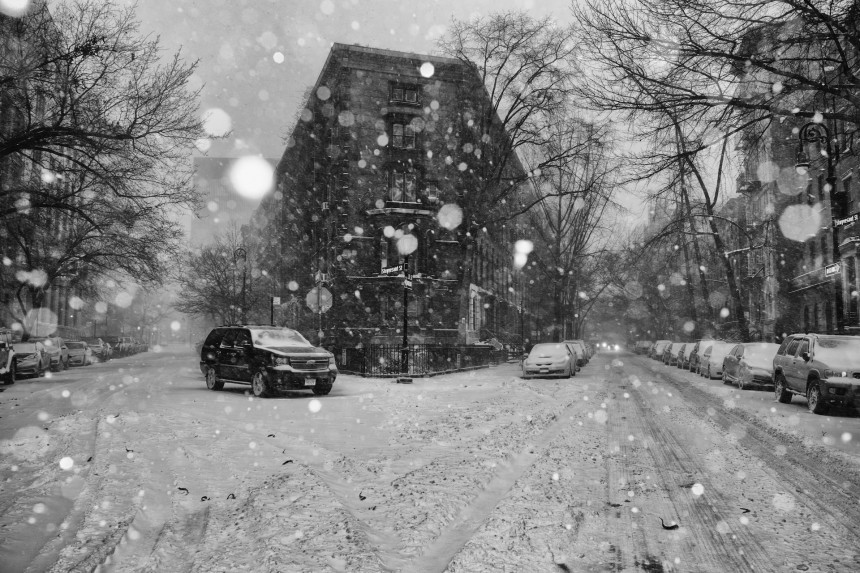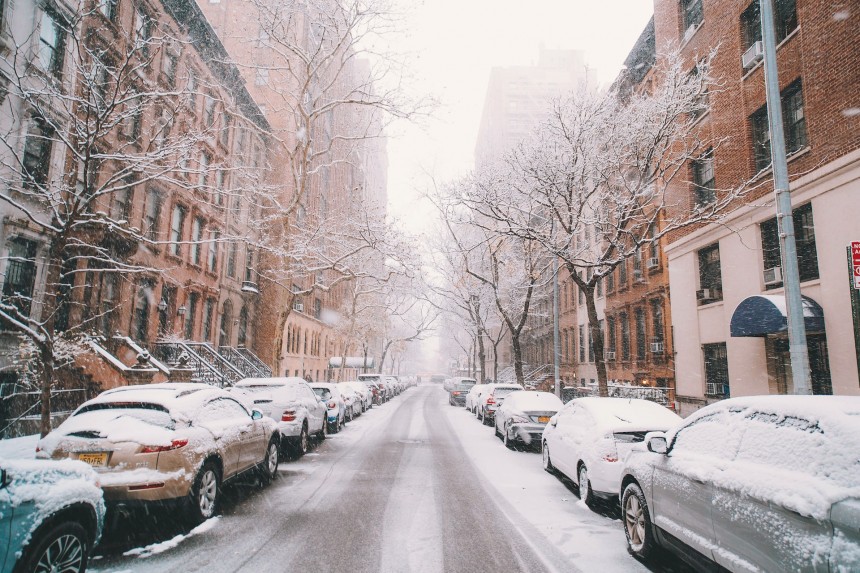The world is slowly adopting EVs in various industries, and some cities have highlighted the importance of switching to all-electric machines, especially regarding transportation systems and city maintenance. One example is New York City, where the Department of Sanitation aims to become carbon neutral, and the state's goal is to reduce emissions by 2040.
Electrifying a fleet is a challenging feat, especially when it comes to state vehicles. The move can prove beneficial in the long term, but you must prepare an appropriate infrastructure and make sure the EVs can handle the activities they're meant for. In this case, the city wishes to introduce electric garbage trucks. Besides collecting curbside trash, the current rear loader trucks run on diesel and are fitted with plows to clear streets during the winter season.
For instance, NYC's Department of Sanitation aims to switch all 6,000 vehicles in its fleet from gas to electric as part of its 2040 goal of reducing emissions. One of the first steps was placing an order for the new vehicles. Ideally, the new solution should perform at least just as better as the one in use.
The department ordered seven electric rear-loader garbage trucks. They're custom-built by Mack, a manufacturer of diesel, natural gas, electric trucks, buses, and equipment – the company is part of the Volvo Group. They have a price tag of $523,000 (€491,800) each, and delivery is set for next spring.
However, there's an issue - city officials have declared they have yet to find an electric garbage truck powerful enough to plow snow. The sanitation department already tested electric trucks, and they couldn't plow snow for more than four hours, as they ran out of battery. Thus, the newly ordered trucks will instead be used solely for trash collection.
Jessica Tisch, Sanitation Commissioner, said, "We found that they could not plow the snow effectively – they basically conked out after four hours. We need them to go 12 hours." She added, "Given the current state of the technology, I don't see today a path forward to fully electrifying the rear loader portion of the fleet by 2040. We can't really make significant progress in converting our rear loader fleet until the snow challenges are addressed."
Maybe NYC has to learn from other snowy cities. For instance, municipal snow clearing in Denver is done by smaller light-duty trucks with plows, and some residential streets don't even get plowed at all. There, the community probably works together to clear the roads.
However, NYC has quite a history regarding snow removal – snowstorms can prove to be completely paralyzing for the city, so measures were implemented early on. It involved heavy labor, with dozens of men shoveling down roads. And only the most essential streets were cleared, leaving the rest of the city to fend for itself. Better solutions were found in time, such as attaching snow plows to horses, and carriages would go around collecting the snow.
According to Bowery Boys History, The Blizzard of 1888 was the spark that changed everything – the storm was so intense that some streets ended up blocked for days, and people were knocked unconscious and even lost their lives by getting buried in the snow.
New York's street cleaning system was radically changed after that, with the help of Civil War veteran George E. Waring Jr., who became commissioner of the Department of Street Cleaning in 1894. Besides introducing a snow patrol, a specialized task force, he made snow clearing a moral duty of every New York citizen.
Back to the current times – 2,100 collection trucks work each winter to clear the equivalent of 19,000 miles (30,577 km) of street lanes. The service is considered one of the mayor's most important duties. Mayors Michael Bloomberg and Bill de Blasio have both been criticized while in office for not removing snow fast enough.
Say the new garbage trucks performed flawlessly. As I mentioned above, there's also the problem of charging stations and other infrastructure. The heavy-duty vehicles use DC fast chargers, similar to Tesla Superchargers. For now, the Department of Sanitation only has access to 13 chargers.
The president of Teamsters Local 831 union representing union workers, Harry Nespoli, expressed concern over the electric trucks' capability of maintaining power for an entire shift. He said, "How much power do they have? Can they run 12-hour shifts without a charge? I don't know,"
The department ordered other EVs, such as mechanical broom sweepers, and is excited to slowly switch to electrified vehicles. The electric garbage truck looks similar to its diesel counterpart, but it makes no noise - that's why white noise was added so that people around the machine become aware of its presence. For now, the trucks will be used for primary street plowing.
According to Gothamist, Vincent Gragnani, a sanitation spokesperson, said, "With current technology, full electrification isn't possible now for some parts of our fleet, but we are monitoring closely and really hope it will be."
For instance, NYC's Department of Sanitation aims to switch all 6,000 vehicles in its fleet from gas to electric as part of its 2040 goal of reducing emissions. One of the first steps was placing an order for the new vehicles. Ideally, the new solution should perform at least just as better as the one in use.
The department ordered seven electric rear-loader garbage trucks. They're custom-built by Mack, a manufacturer of diesel, natural gas, electric trucks, buses, and equipment – the company is part of the Volvo Group. They have a price tag of $523,000 (€491,800) each, and delivery is set for next spring.
However, there's an issue - city officials have declared they have yet to find an electric garbage truck powerful enough to plow snow. The sanitation department already tested electric trucks, and they couldn't plow snow for more than four hours, as they ran out of battery. Thus, the newly ordered trucks will instead be used solely for trash collection.
Maybe NYC has to learn from other snowy cities. For instance, municipal snow clearing in Denver is done by smaller light-duty trucks with plows, and some residential streets don't even get plowed at all. There, the community probably works together to clear the roads.
However, NYC has quite a history regarding snow removal – snowstorms can prove to be completely paralyzing for the city, so measures were implemented early on. It involved heavy labor, with dozens of men shoveling down roads. And only the most essential streets were cleared, leaving the rest of the city to fend for itself. Better solutions were found in time, such as attaching snow plows to horses, and carriages would go around collecting the snow.
According to Bowery Boys History, The Blizzard of 1888 was the spark that changed everything – the storm was so intense that some streets ended up blocked for days, and people were knocked unconscious and even lost their lives by getting buried in the snow.
Back to the current times – 2,100 collection trucks work each winter to clear the equivalent of 19,000 miles (30,577 km) of street lanes. The service is considered one of the mayor's most important duties. Mayors Michael Bloomberg and Bill de Blasio have both been criticized while in office for not removing snow fast enough.
Say the new garbage trucks performed flawlessly. As I mentioned above, there's also the problem of charging stations and other infrastructure. The heavy-duty vehicles use DC fast chargers, similar to Tesla Superchargers. For now, the Department of Sanitation only has access to 13 chargers.
The president of Teamsters Local 831 union representing union workers, Harry Nespoli, expressed concern over the electric trucks' capability of maintaining power for an entire shift. He said, "How much power do they have? Can they run 12-hour shifts without a charge? I don't know,"
According to Gothamist, Vincent Gragnani, a sanitation spokesperson, said, "With current technology, full electrification isn't possible now for some parts of our fleet, but we are monitoring closely and really hope it will be."









